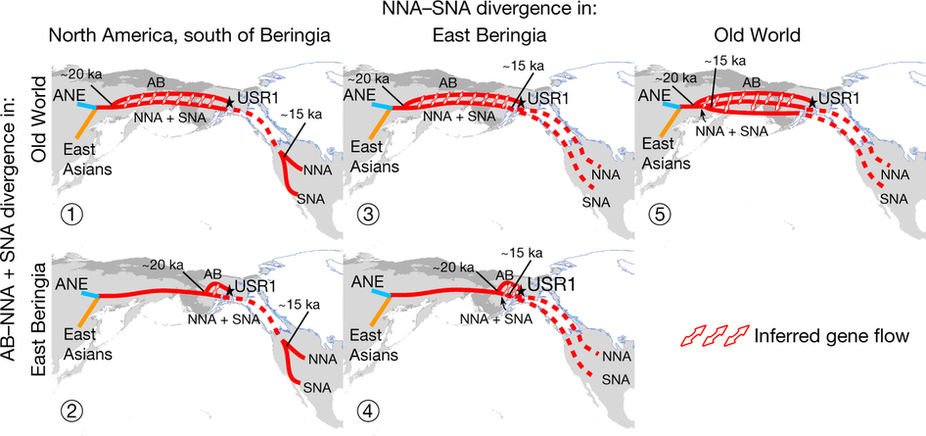New paper behind paywall Whole-genome sequencing of 175 Mongolians uncovers population-specific genetic architecture and gene flow throughout North and East Asia, by Bai et al Nature Genetics (2018).
Interesting excerpts (emphasis mine):
Genome sequencing, variant calling, and construction of the Mongolian reference panel. We collected peripheral blood with informed consent from 175 Mongolian individuals representing six distinct tribes/regions in northern China and Mongolia, including the Abaga, Khalkha, Oirat, Buryat, Sonid, and Horchin tribes.
… Read the rest “Mongolian tribes cluster with East Asians, closely related to the Japanese”The fixation index (FST) was used to estimate pairwise genetic differentiation among our Mongolian samples and 26 modern human populations selected from 1000G (…) the Mongolian

